Lotus Evora 400, If You Don't Know What It Is #itsnotforyou

While most car companies try to persuade broad swatches of people to buy their cars, Lotus is trying a new/old approach in promoting their new Evora 400 model, telling some folks that maybe Lotus’ fastest model is just not for them.
Lotus has launched an online game called “Take the Lotus Evora 400 Agility Test” at the company website . It’s a reaction time game based on tests used to select fighter pilots. There is competition, with a leader-board displaying the results, and if you succeed you can win an early test drive of the Evora 400 (so named because it has 400 hp). You can also lose – Lotus is presenting this as a challenge. The banner ads hyping the game say “Can You Handle It?”, you’re invited to “see if you’ve got what it takes” and if you lose you’re told that maybe you should be driving some “Bavarian cruiser” and given the hashtag, . While it can be rightfully accused of elitism, for this old Lotus fan, it hits all the right notes.
I said that it was a new/old approach. Companies selling a variety of things, from mass market items to luxury products, have appealed to customers’ sense of non-comformity. The idea that you’re not like everyone else, that you have refined tastes or that you march to the beat of a non-standard percussionist is very appealing. We want to be different, just like all the other kids.
More than that, though, the promotion hearkens back to Lotus’ earlier days when Colin Chapman was growing the company from a tiny maker of tuner “specials” and kit cars to a force to be reckoned with by racing teams and sports car makers alike. The project that led to the Europa, Lotus’ first mid-engine road car, was sophisticated enough that it was at least briefly considered by Ford Motor Company to be the basis for what eventually was the GT40 LeMans effort (though Ford eventually went with Eric Broadley’s Lola at the start of the GT40 program).
Chapman knew, however, that his sophisticated cars weren’t for everyone and that for a small automaker trying to make a name for itself it made sense to appeal to hardcore sports car enthusiasts by stressing that point. Making a name for itself was critical. While readers of Sports Car Graphic or Autoweek might have known what a Lotus was, readers of mass market publications like Motor Trend or Popular Mechanics did not. Of course to your average Reader’s Digest consumer little British cars weren’t even part of their consciousness.
If you’re small and unknown, why not use that as an angle for promotion? In the 1960s, advertising agencies started experimenting with ‘anti-hero’ ads like Avis car rental’s “We’re campaign and Doyle Dane Bernbach’s “Think Small” ads for the Volkswagen Beetle. Maybe that’s why Lotus was comfortable promoting the Europa with ads that read “Lotus: If You Don’t Know What It Is, You Won’t Know How To Drive It”.
I wish I could find an image of that ad. I didn’t imagine it, I can provide links to others who remember it, but Google can’t find an example. Google also can’t find what is my favorite Lotus t-shirt, a line drawing of an Europa going around a racetrack corner, with the slogan, “Lotus: The Shortest Distance Between Two Points”.
“Lotus: If You Don’t Know What It Is, You Won’t Know How To Drive It” appealed to potential customers’ elitism, non-conformity and driving skill. I think it was brilliant. I should say that Lotus wasn’t trying to make it seem that their cars are hard to drive. Actually, Loti are fingers and toes cars, that require small inputs. Nothing hard to drive about them at all (outside of usual caveats about the reliability of LBCs). What Lotus was saying then was that if you weren’t enough of an enthusiast to know about their brand, you probably wouldn’t be able to take full advantage of their products.
The current promotion asks today, “Are you sure you’re good enough for Evora 400? It requires a superior level of hand-eye coordination, reaction times and driver skills to handle a car that is capable of supreme agility.”
So, “Can You Handle It?” and the Lotus Evora 400 Agility Test fits nicely with the heritage of Lotus. They also, rather cleverly, I think, like “the shortest distance” t-shirt picturing a curve, not a straight line, allude to the company’s preeminent skill, making cars that corner and handle as well as any on the road.
You can take the Lotus Evora 400 Agility Test here.
Ronnie Schreiber edits Cars In Depth, a realistic perspective on cars & car culture and the original 3D car site. If you found this post worthwhile, you can get a parallax view at Cars In Depth. If the 3D thing freaks you out, don’t worry, all the photo and video players in use at the site have mono options. Thanks for reading – RJS

Ronnie Schreiber edits Cars In Depth, the original 3D car site.
More by Ronnie Schreiber
Latest Car Reviews
Read moreLatest Product Reviews
Read moreRecent Comments
- Dartman If one is so hellbent on drawing attention to themselves just mount a big “Trump 2024” or “Black Lives Matter” flag (your choice) on your truck and call it day. Lot cheaper, same result.
- AZFelix I'd buy a 'harlequin' edition if it was composed of a company's complete palette of greys and silver.Family had a couple of Pontiacs in teal and purple in years past. I was not a fan.My current ride is Lakeside Blue.
- Doc423 Rolling Coal is not a bad thing either.
- Ajla In high school I really wanted a yellow GTO.
- Lou_BC Sweet car.




















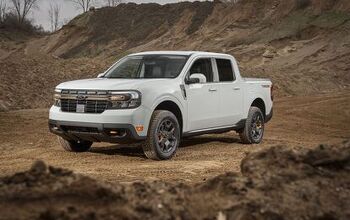
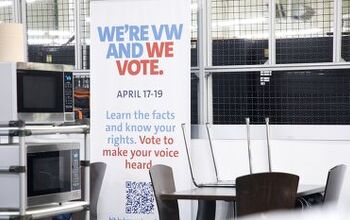
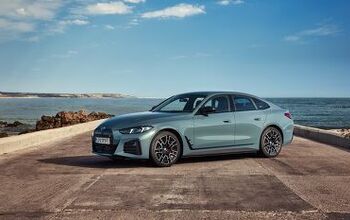

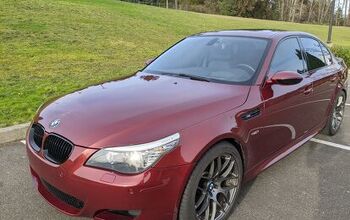

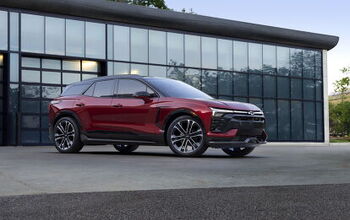
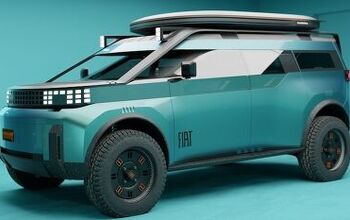

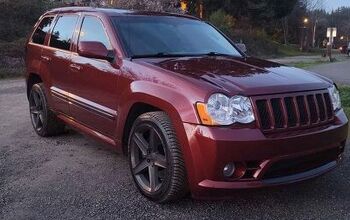

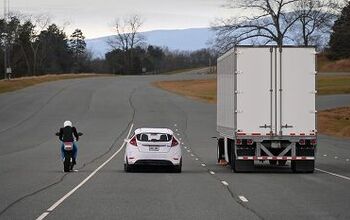
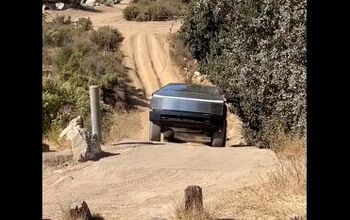
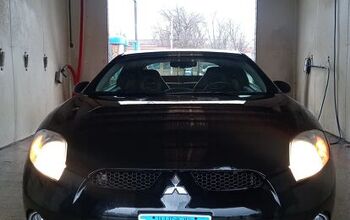
Comments
Join the conversation
The first thing that I noticed from the photo that the car resembled a boy-racer after-market-applied aero kit on a Hyundai Veloster! After that, I don't care.
Reminds me of that story (probably covered here) where a disgruntled Bugatti owner way back had written to Ettore Bugatti, complaining that his car wouldn't start on cold mornings. Ettore wrote back something like, "Surely a man who can afford a Bugatti can afford a garage in which to store it."